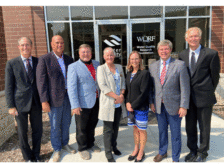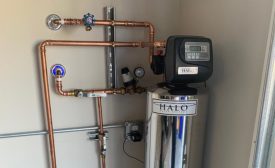Water Quality
Water Wisdom: Are you prepared for TDS Creep?
Regular maintenance is required for water treatment systems.
August 5, 2021
Water Wisdom: Disinfection byproducts in drinking water
The unintended consequences of water treatment.
June 2, 2021
Water treatment presents growth opportunity for plumbing contractors
COVID-19 pandemic spurs consumer interest in water quality solutions.
April 9, 2021
ASA joins appeal on DOE rule to change showerhead water-flow limit
New standard would allow 2.5 gpm on each showerhead nozzle.
February 22, 2021
Get our new eMagazine delivered to your inbox every month.
Stay in the know on the latest plumbing & piping industry trends.
SUBSCRIBE TODAY!Copyright ©2024. All Rights Reserved BNP Media.
Design, CMS, Hosting & Web Development :: ePublishing










